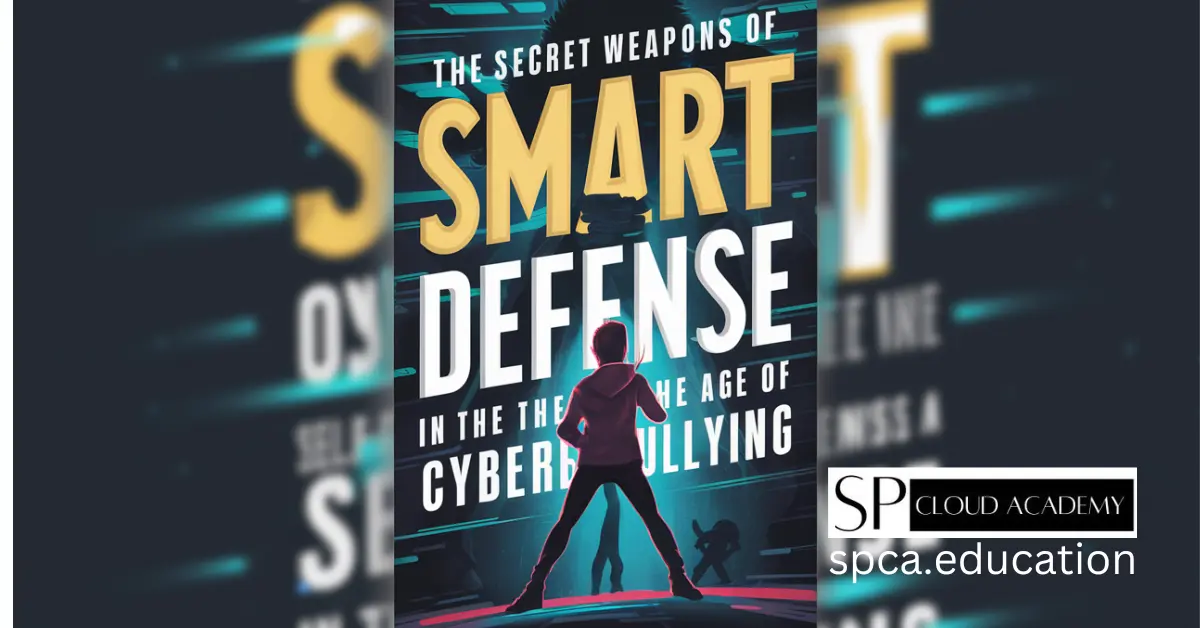The glow of the screen can feel warm and connecting one moment, and cold and isolating the next. In our hyper-connected world, the playground has expanded into a borderless digital realm, and with it, the shadows of bullying have morphed into a more insidious form: cyberbullying. It’s harassment that follows you home, into your bedroom, and lives in your pocket, buzzing with notifications that can chip away at your confidence and peace of mind.
But this isn’t a story of victimhood. This is a guide to empowerment. Traditional self-defense teaches you to protect your physical self. Smart digital self-defense teaches you to protect your mind, your reputation, and your well-being in the online world. It’s not about fighting fire with fire; it’s about becoming fireproof.
Forget the outdated advice that simply says, “Just turn off the computer.” That’s not a solution; it’s a retreat. True strength lies in learning to navigate this digital landscape with confidence and a toolkit of powerful strategies. In this article, we will unveil the secret weapons of smart self-defense—a collection of mindsets, tools, and tactics that shift the power dynamic back to you. From forging impenetrable mental armor to mastering the art of strategic silence, you are about to become the master of your digital domain.
Weapon #1: Forging Your Digital Armor – The Power of Mindset
Before you learn any technical trick or reporting strategy, your first and most crucial weapon is your mindset. Cyberbullies thrive on reaction. Their power is directly proportional to the emotional impact they have on you. Therefore, the most fundamental act of self-defense is to build a mental fortress they simply cannot breach. This is your digital armor.
Forging this armor starts with a conscious decision: to separate your self-worth from online validation. Likes, comments, and shares do not define who you are. Similarly, a hateful comment from an anonymous account or a bitter acquaintance is not a reflection of your value; it is a reflection of their own insecurity, anger, or pain. Understanding this distinction is a game-changer. It allows you to view an attack not as a personal indictment, but as noise—unpleasant, but ultimately meaningless.
Practice emotional regulation. When a negative comment appears, pause. Take a deep breath before you react. Ask yourself: Is this person’s opinion credible? Do they matter in my real life? Does this comment hold any truth, or is it just designed to provoke? By creating this space between stimulus and response, you reclaim control. You stop being a passive recipient of negativity and become an active observer, capable of deciding what to let in and what to leave outside your fortress walls.
Weapon #2: The Digital Fortress – Mastering Your Privacy Controls
Your online profile is your digital home. You wouldn’t leave your front door unlocked for anyone to wander in, so why leave your digital life exposed? Your second secret weapon is a proactive one: building a digital fortress by mastering the privacy settings on every platform you use. This isn’t about hiding; it’s about controlling the narrative and securing your space.
Every social media app, from Instagram and TikTok to Facebook and X (formerly Twitter), has a granular set of privacy controls that most users never explore. Go beyond simply setting your profile to “private.” Dive deeper. You can control who tags you in photos, who can comment on your posts, and who can send you direct messages. Use these tools ruthlessly. If you don’t know someone in real life, consider restricting their ability to interact with you. Create “close friends” or custom lists to share personal updates with a trusted circle, keeping your wider audience at arm’s length.
This defense extends beyond social media. Review the permissions you’ve granted to apps on your phone. Does that game really need access to your contacts and location? Limit location tagging on your posts to prevent harassers from knowing your whereabouts. Regularly search your own name online in a private browser to see what information is publicly available. By curating your digital footprint and locking down access points, you make yourself a much harder target, transforming your profile from an open field into a well-guarded fortress.
Weapon #3: The Power of Silence – The Art of Strategic Disengagement
In a world that encourages instant replies and constant engagement, one of the most underestimated and powerful weapons is silence. The old internet adage, “Don’t feed the trolls,” is more than just a catchy phrase; it’s a core principle of digital self-defense. Bullies and harassers are looking for a reaction—anger, sadness, or a defensive argument. When you give them that reaction, you’re giving them exactly what they want. You are fueling their fire.
Strategic disengagement is not weakness; it is a profound act of power. It is the conscious choice to deny the bully the satisfaction of a response. When you refuse to engage, you break the cycle. The harasser is left screaming into a void, their words rendered impotent because they failed to provoke you. This can be incredibly frustrating for them and often leads them to move on to an easier target.
This weapon has two components. First, the public silence: do not reply to their comments or posts. Do not get into a back-and-forth debate. Second, the private resolve: resist the urge to constantly check their profile or ruminate on their words. Your silence is most effective when it is paired with genuine disinterest. By choosing not to participate in their toxic game, you are not just ignoring them; you are communicating that they are irrelevant. In the economy of online attention, your indifference is the ultimate power move.
Weapon #4: The Scribe’s Arsenal – Why Documentation is Your Strongest Ally
While your first instinct might be to delete hateful comments to make them disappear, this is a critical mistake. Your fourth secret weapon is to become a meticulous archivist. Documentation is your evidence, your proof, and your power if you need to escalate the situation. Think of yourself as a detective building a case. The more evidence you have, the stronger your position becomes.
Every time you encounter an instance of cyberbullying, document it immediately. Don’t just rely on your memory. Take a screenshot. Make sure the screenshot includes the comment or message itself, the username of the person who posted it, and the date and time it was posted. For messages or posts that can be deleted, a screenshot is invaluable proof that it existed.
Organize this evidence systematically. Create a folder on your computer or cloud storage dedicated to this purpose. Name each file with the date and the platform (e.g., “2023-10-27_Instagram_Comment.png”). Keep a simple text document or spreadsheet that logs each incident, including:
- Date & Time: When the harassment occurred.
- Platform: Where it happened (Facebook, TikTok, etc.).
- URL: A direct link to the post or profile, if possible.
- Description: A brief note on what happened.
- Screenshot Filename: The name of the corresponding image file.
This organized arsenal serves multiple purposes. It provides concrete evidence when you report the user to the platform, it’s essential if you need to involve parents, a school, or even law enforcement, and it helps you track the pattern and severity of the harassment.
Weapon #5: The Alliance – You Don’t Have to Fight Alone
Cyberbullying is designed to make you feel isolated and alone. The anonymity of the internet can create the illusion that you are the only one experiencing this, and that no one would understand. This is perhaps the biggest lie of all. Your fifth and most vital weapon is your alliance: the support network of people who care about you in the real world.
Fighting this battle alone is exhausting and unnecessary. The first step is to break the silence. Confide in someone you trust, whether it’s a parent, a close friend, a teacher, a school counselor, or another trusted adult. Simply verbalizing what is happening can lift an immense weight off your shoulders. It validates your feelings and reminds you that you are not overreacting.
Your alliance can provide both emotional and practical support. They can offer a listening ear and perspective, reminding you of your worth outside the digital bubble. They can also help you take action. A parent or teacher can assist in navigating a platform’s reporting process or contacting the school if the bully is a fellow student. Friends can help by reporting the abusive content themselves, increasing the chances that the platform will take action. They can also flood your posts with positivity to drown out the hate. Remember, there is immense strength in numbers. Building and activating your alliance turns a personal struggle into a collective stand against cruelty.
Weapon #6: The Diplomat’s Gambit – Wielding Block and Report Like a Pro
Every major social media platform has built-in tools to combat harassment. While they may not always be perfect, using them effectively is a key part of your self-defense strategy. The “Block” and “Report” buttons are your diplomatic tools—they allow you to remove a threat and escalate the issue through official channels without direct confrontation.
The Block button is your immediate shield. It instantly severs the connection between you and the harasser. They can no longer see your posts, message you, or tag you. It’s a simple, clean, and effective way to remove a source of negativity from your digital life. Don’t hesitate to use it. You owe no one an explanation for protecting your peace. Blocking is not an admission of defeat; it is an act of boundary-setting.
The Report button is your formal complaint. When you report content, you are flagging it for review by the platform’s moderation team. To make your report as effective as possible, be specific. Don’t just select “harassment.” If possible, choose the most accurate category, such as “hate speech,” “impersonation,” or “threats of violence.” In the description box, calmly and clearly explain why the content violates the platform’s community guidelines. Refer to your documented evidence if necessary. For example: “This user has sent me five threatening messages in the last 24 hours, as shown in the attached screenshots.” A well-reasoned, evidence-based report is far more likely to result in action than a generic complaint.
Weapon #7: The Tactical Retreat – The Power of the Digital Detox
Sometimes, the most strategic move in a battle is a tactical retreat to rest and regroup. In the context of digital self-defense, this is the digital detox. When you are under constant attack online, your nervous system is in a perpetual state of high alert. The constant notifications, the dread of checking your phone, and the emotional toll can be exhausting. A digital detox is your weapon for reclaiming your mental space and breaking the cycle of anxiety.
This doesn’t mean deleting your accounts forever. It means consciously and intentionally stepping away from the screen for a set period. Start small. It could be turning off notifications for social media apps. It could be designating a few hours every evening as “tech-free” time. Or it could be a full weekend where you don’t log into your social accounts at all.
During this time, reconnect with the physical world. Go for a walk, read a book, spend time with friends or family face-to-face, or engage in a hobby. The goal is to remind your brain that your life is rich, full, and meaningful far beyond the confines of a screen. This retreat serves two purposes. First, it gives your mind a much-needed break, reducing stress and allowing you to recharge. Second, it shrinks the perceived importance of the online harassment. When you’re not immersed in it 24/7, the bully’s words lose their power and you regain perspective.
Bonus Weapon: Activating the Upstander Protocol – How We All Play a Role
Smart self-defense isn’t just about protecting yourself; it’s about fostering a healthier digital environment for everyone. The final, and perhaps most powerful, weapon in this arsenal is one we can all wield: becoming an “upstander,” not a bystander. A bystander sees what’s happening and does nothing. An upstander sees injustice and takes action.
Cyberbullying often happens in a public forum, with many people watching. The silence of these watchers can feel like an endorsement of the bully’s behavior. When you step up, you can completely change the dynamic. Being an upstander doesn’t mean you have to confront the bully directly. There are several safe and powerful ways to act:
- Support the Target: Send a private message to the person being bullied. A simple “Hey, I saw that comment and it was out of line. I hope you’re okay,” can make a world of difference. It breaks their isolation and shows them they have allies.
- Report the Abuse: You don’t have to be the victim to report a comment or profile. If you see something that violates community guidelines, report it. Mass reporting can trigger a faster response from the platform.
- Drown Out the Hate: Counteract the negativity with positivity. Leave a supportive, kind comment on the target’s post. When a bully’s hateful comment is buried under dozens of positive ones, its impact is significantly diminished.
By activating the upstander protocol, you contribute to a culture of kindness and accountability. You send a clear message that bullying is not acceptable in our shared digital spaces.
Conclusion: Reclaiming Your Power in the Digital Age
The digital world can feel like a lawless frontier, but you are not powerless within it. The secret weapons of smart self-defense are not about aggression or retaliation; they are about intelligence, strategy, and resilience.
By forging a strong mindset, you build armor that hateful words cannot pierce. By mastering your privacy settings, you construct a fortress to protect your space. Through strategic disengagement and meticulous documentation, you seize control of the situation. By building an alliance, wielding reporting tools, taking tactical retreats, and being an upstander, you turn a personal struggle into an empowered, collective stand.
Cyberbullying is a serious issue, but it is a solvable one. Armed with these strategies, you can navigate the online world not with fear, but with the quiet confidence of someone who knows how to protect their peace. You have the tools. Now, go forth and reclaim your power.
Frequently Asked Questions (FAQ)
Q1: What’s the very first thing I should do if I’m being cyberbullied?
The first and most important step is to not respond to the bully. Your second step should be to tell a trusted adult—a parent, teacher, or family member. Then, use the “Scribe’s Arsenal” weapon: take a screenshot of the harassment before you block the user or report the content.
Q2: Is it a good idea to delete the mean comments from my post?
While your instinct is to remove the negativity, you should always screenshot it first for evidence. After you’ve documented it, you can decide whether to delete it. Deleting the comment removes it from public view, which can be good for your mental health, but reporting it to the platform is a more effective long-term solution.
Q3: When should I involve the police or other authorities?
You should involve law enforcement if the cyberbullying includes explicit threats of violence, extortion (e.g., threatening to share private photos unless you do something), stalking, or hate crimes. If you feel you are in physical danger, do not hesitate to contact the authorities. Your school should be involved if the bully is a student, as they have a responsibility to ensure a safe learning environment.
See Also
-
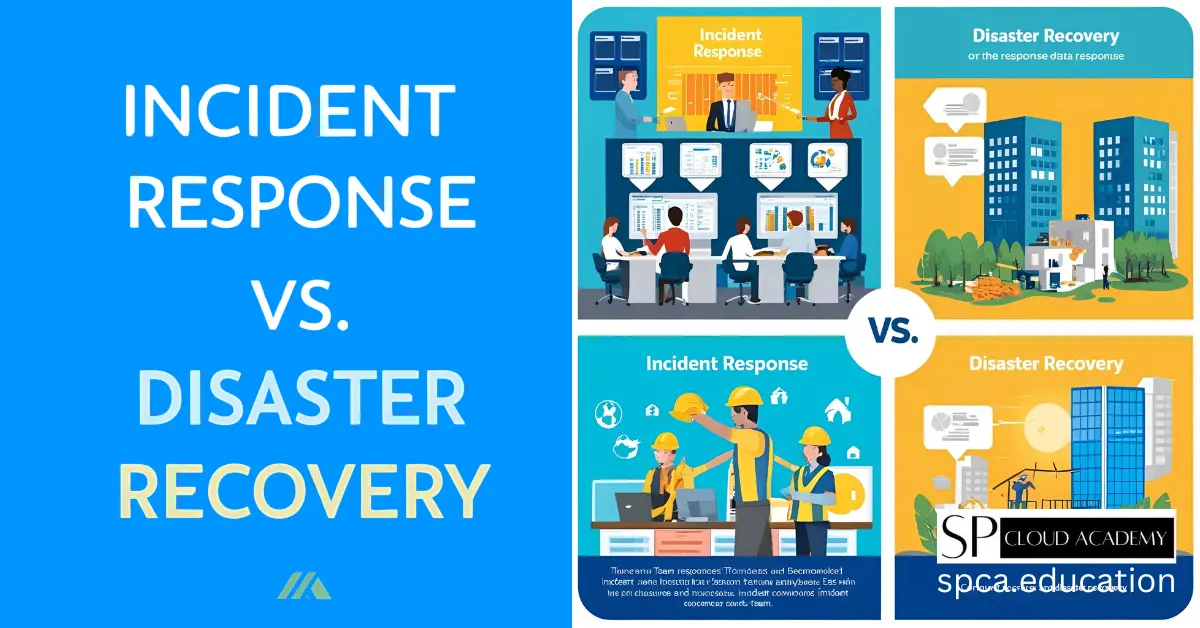
Incident Response vs. Disaster Recovery: The Ultimate Cybersecurity Battle Explained!
-

Data Breaches Exposed: How to Protect Your Personal and Business Information
-

Digital Forensics Explained: How Experts Uncover Hidden Evidence in Cyber Crimes
-

Ethical Hacking: The Skills, Tools, and Certifications You Need
-

The 10 Best Authenticator Apps to Secure Your Online Accounts in 2025
-
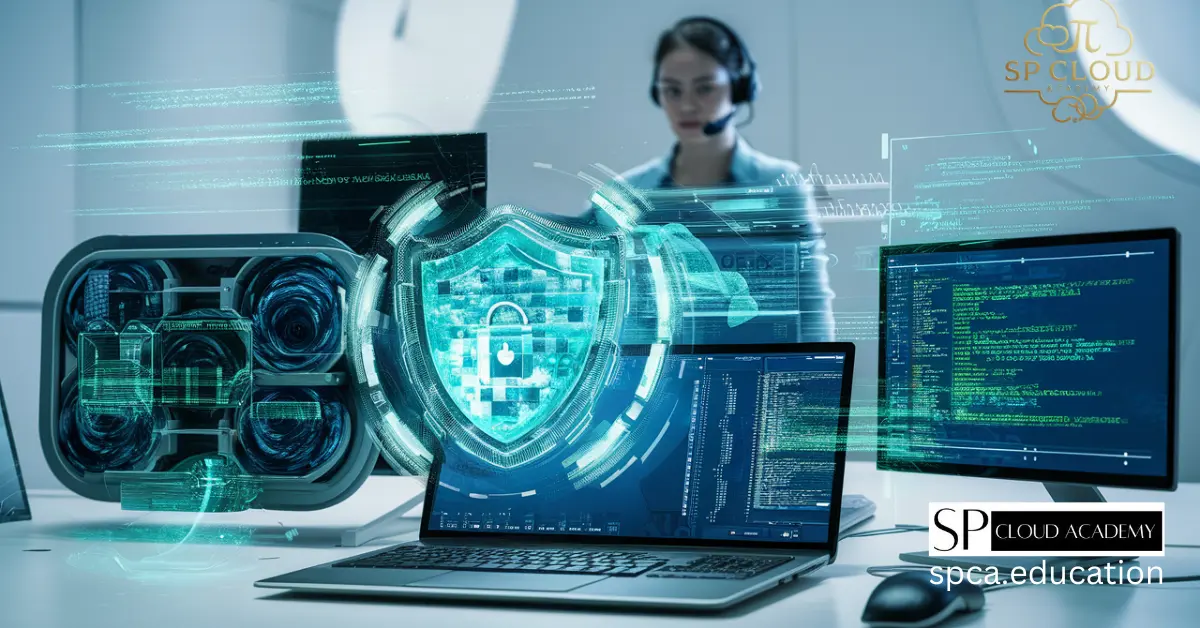
Top 10 Cybersecurity Tools You Need to Protect Your Digital Life in 2025
-
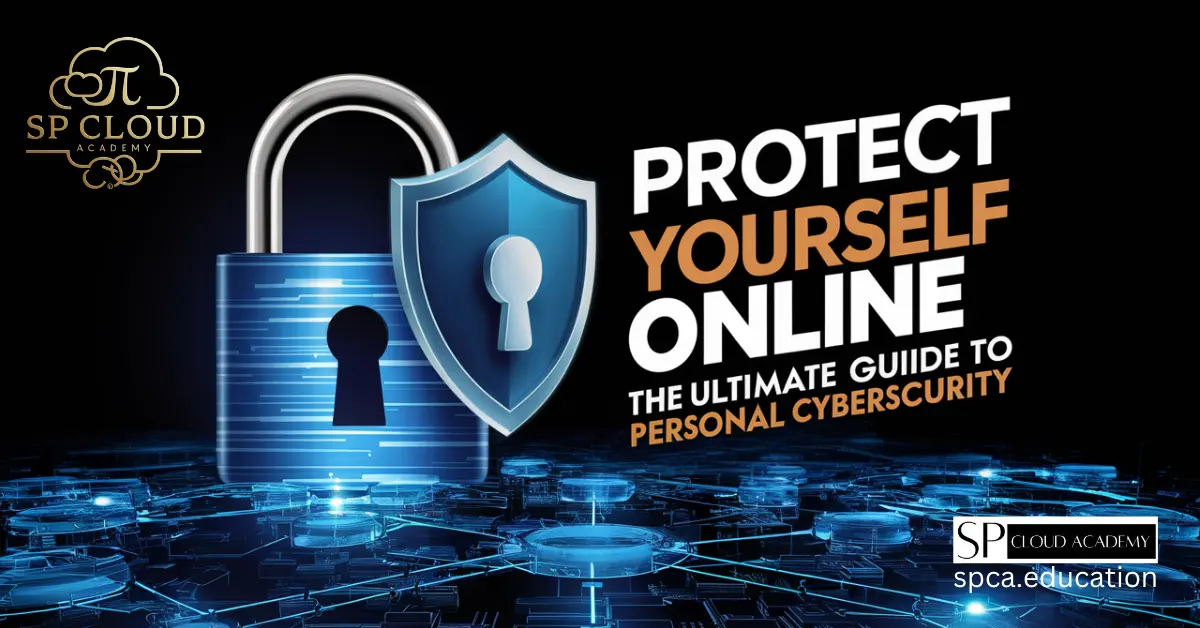
Protect Yourself Online: The Ultimate Guide to Personal Cybersecurity
-
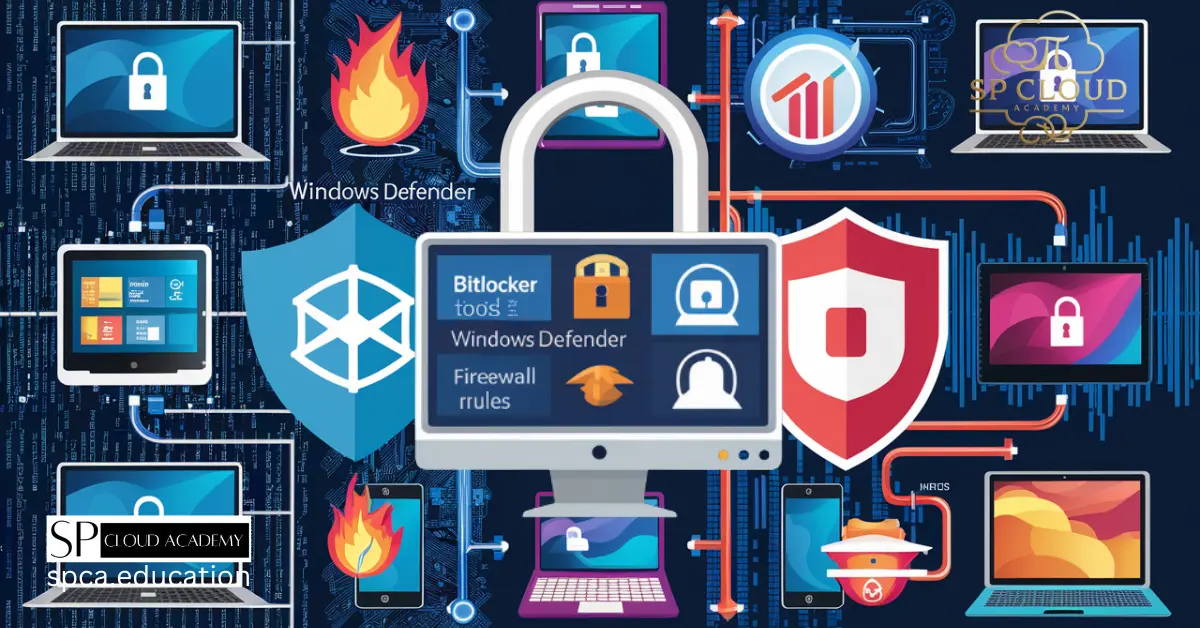
The Ultimate Guide to Securing Your System with BitLocker, Windows Defender, and Firewall Rules
-
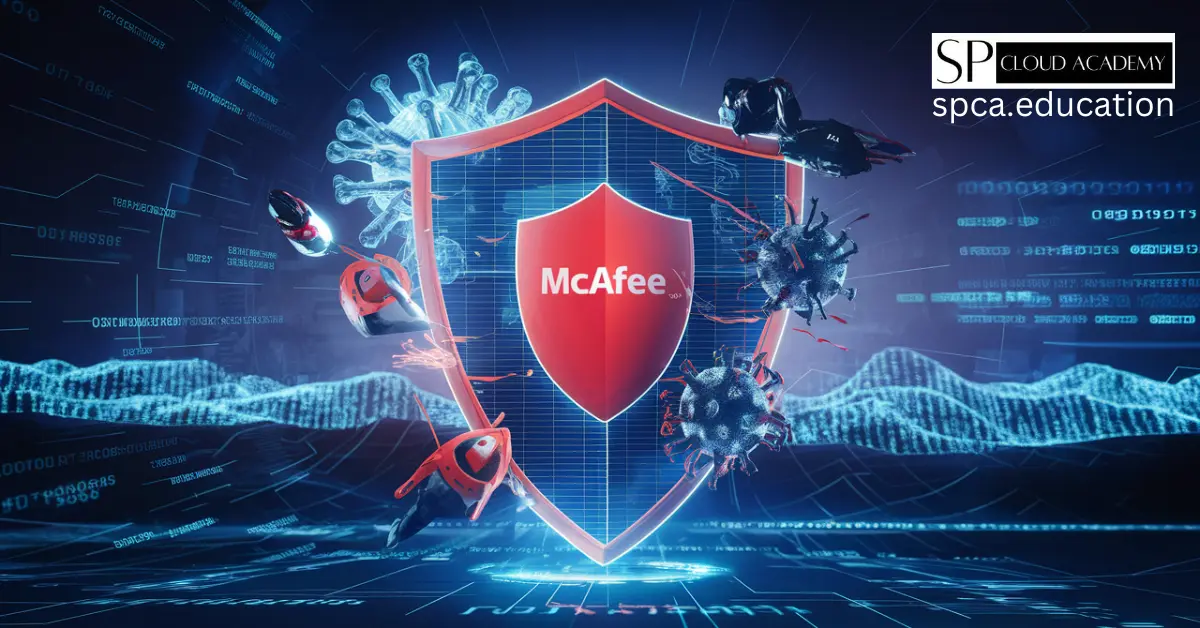
How McAfee Total Protection Shields You from Cyber Threats
